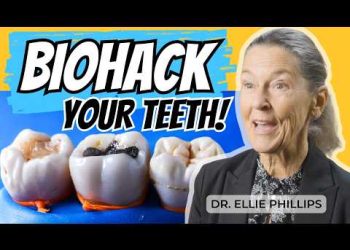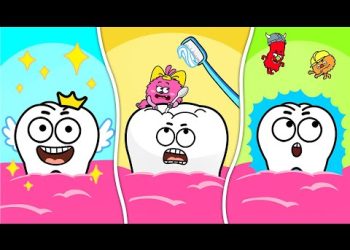Introduction to Teeth Whitening
Maintaining a bright, white smile is a common desire for many people. Teeth whitening is a popular cosmetic dentistry procedure aimed at removing stains and discoloration from the tooth’s surface. This article explores various tips and techniques for effective teeth whitening while emphasizing the importance of overall dental health.
Causes of Tooth Discoloration
Tooth discoloration can occur due to several factors. Common causes include the consumption of certain foods and drinks like coffee and red wine, smoking cigarettes, and poor dental hygiene practices. Additionally, aging and certain medications can also lead to stains on the teeth.
Benefits of Professional Teeth Whitening
Professional teeth whitening treatments, typically administered by a dentist, are highly effective and can provide immediate results. These treatments use stronger bleaching agents compared to over-the-counter products and can significantly lighten teeth in just one session. The supervision of a dental professional ensures safety and optimal results.
At-Home Teeth Whitening Options
For those seeking more affordable alternatives, several at-home teeth whitening options are available. These include whitening strips, gels, toothpaste, and LED kits. While effective, these methods usually require consistent use over a period to achieve desired results.
Natural Methods to Whiten Teeth
Natural teeth whitening methods can be a safe and inexpensive option. These include using baking soda, hydrogen peroxide, or apple cider vinegar in moderation. It is crucial, however, to understand that these methods should be used cautiously to avoid damaging tooth enamel.
The Role of Regular Dental Hygiene
Maintaining a good dental hygiene routine is essential in preventing tooth discoloration and decay. Brushing twice a day with fluoride toothpaste, flossing daily, and regular dental check-ups can significantly contribute to overall oral health and enhance the effectiveness of whitening treatments.
Foods and Habits to Avoid
To maintain a whiter smile, it’s wise to limit the intake of foods and drinks that can stain teeth. This includes coffee, tea, red wine, and certain dark berries. Additionally, avoiding tobacco use can greatly reduce the risk of tooth discoloration.
Adverse Effects of Over-Whitening
While achieving a bright smile is desirable, it is important to avoid over-whitening, which can lead to tooth sensitivity or damage to the enamel. It is vital to follow product instructions and consult with a dental professional if unsure.
Long-Term Maintenance for White Teeth
To maintain the effects of whitening treatments, consider adopting a preventative approach. This includes regular dental hygiene practices, periodic touch-up treatments, and using a straw for beverages that can cause staining. Such habits contribute to lasting oral health and a vibrant smile.
Conclusion: Striking a Balance
Teeth whitening is an excellent way to boost one’s confidence and improve appearance. However, it should always be balanced with practices that support overall oral health. With the right techniques and habits, achieving and maintaining a radiant smile is entirely possible.











